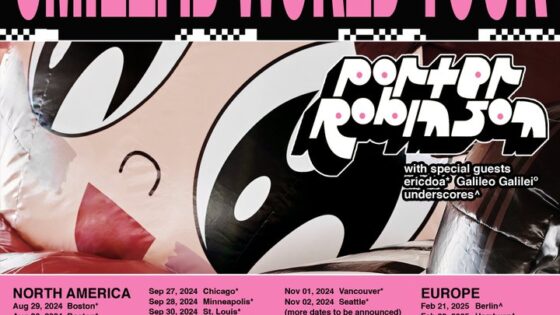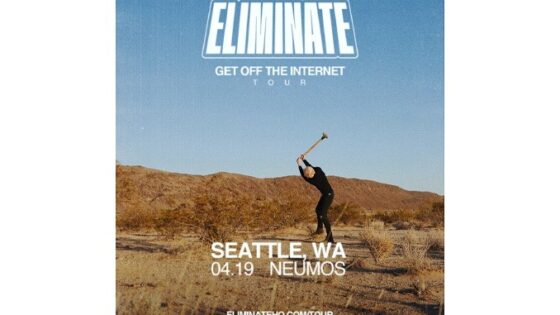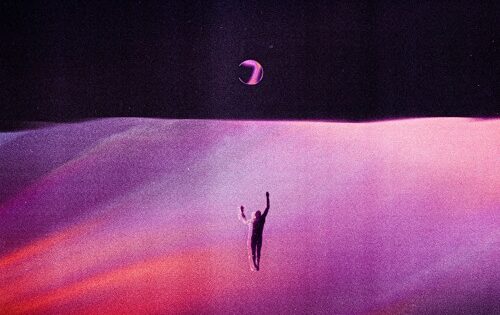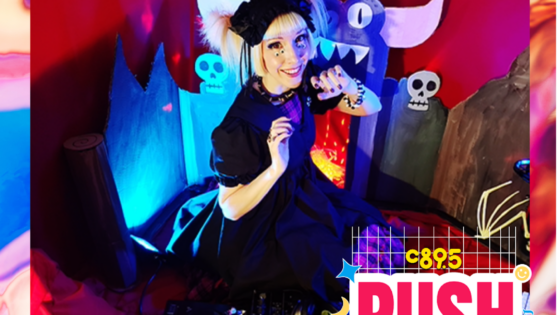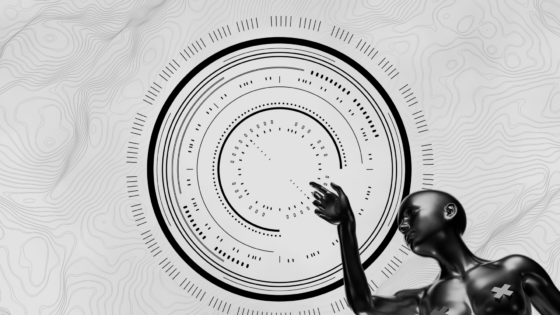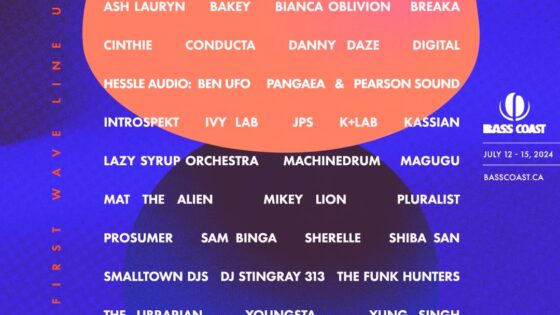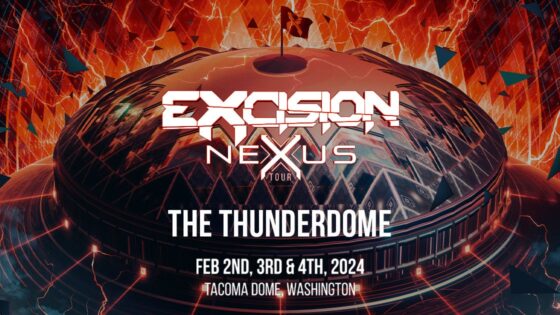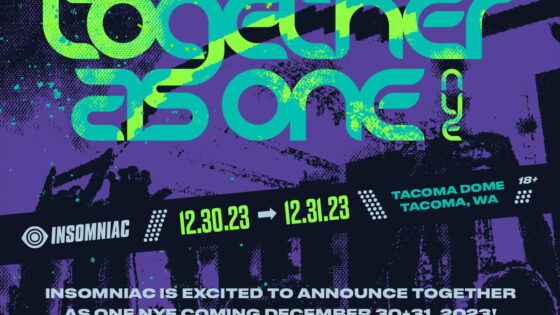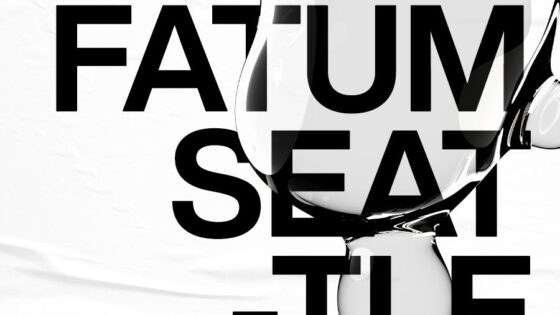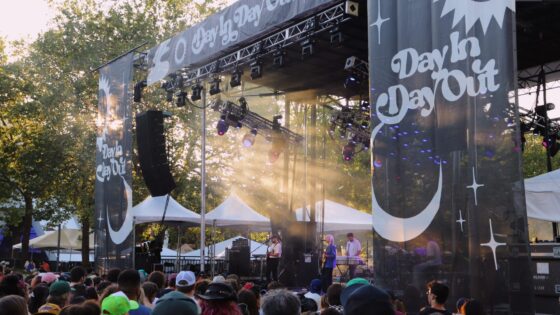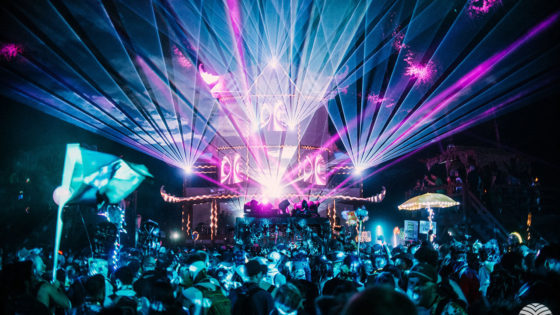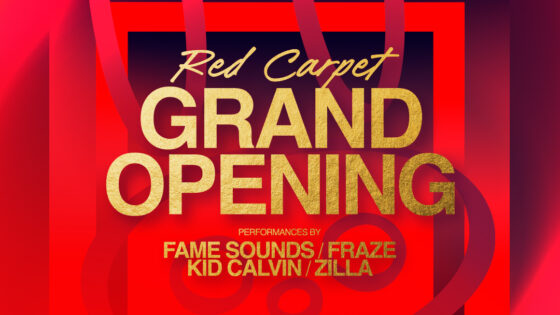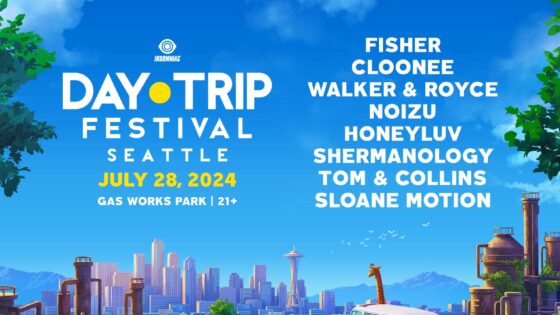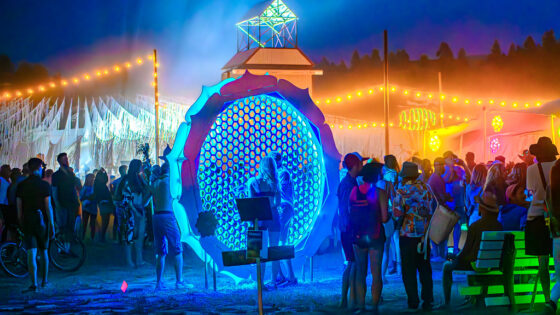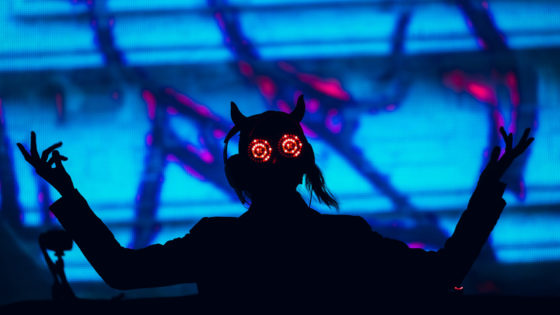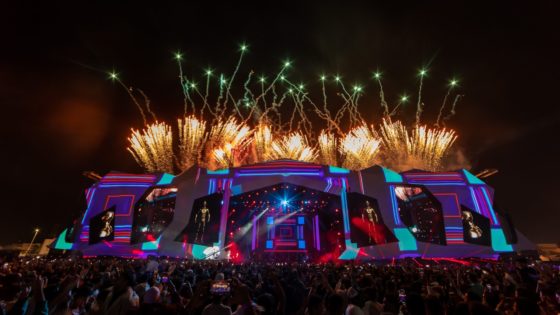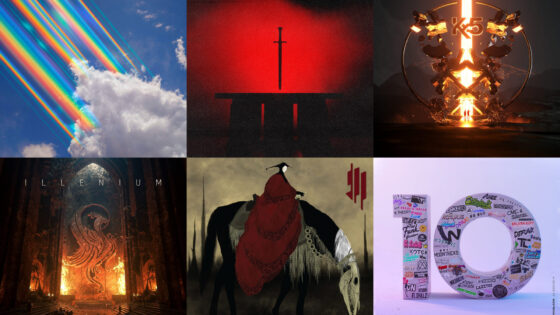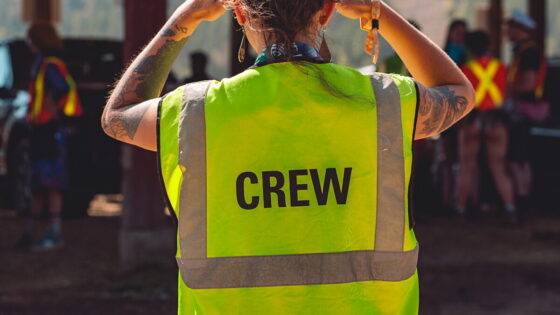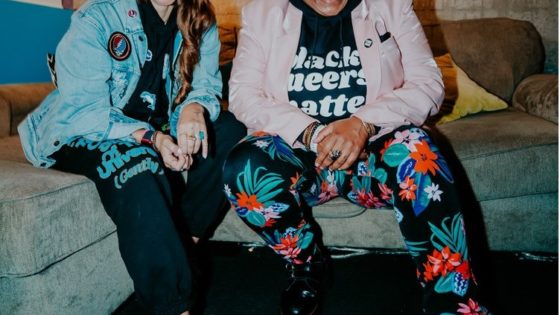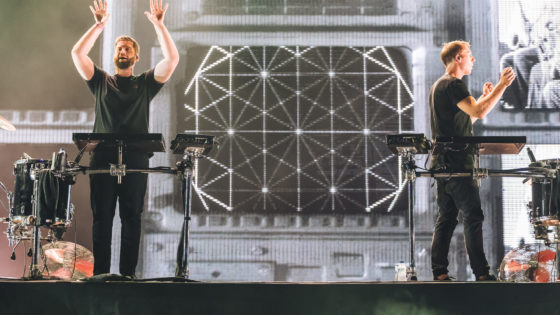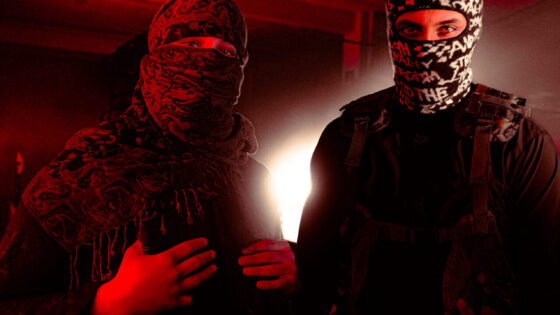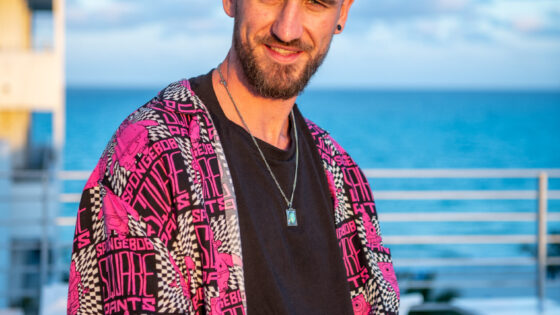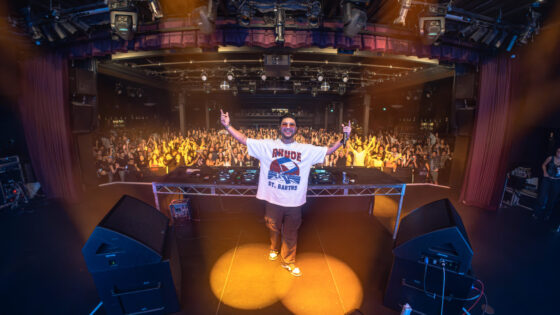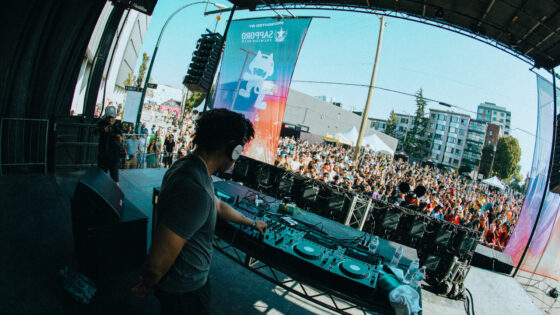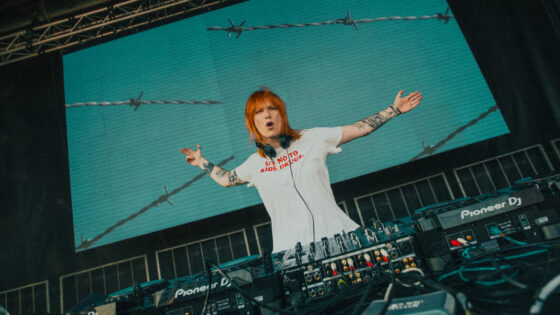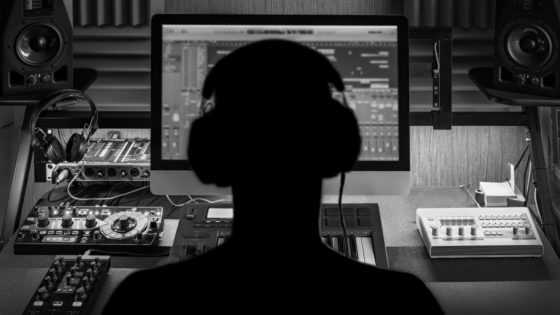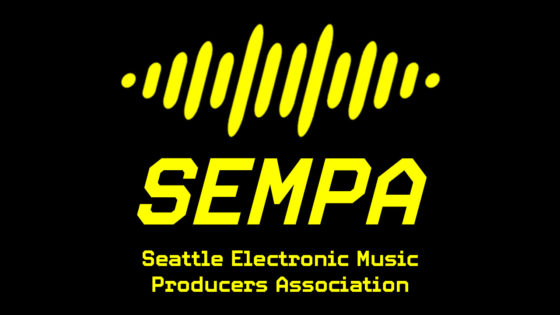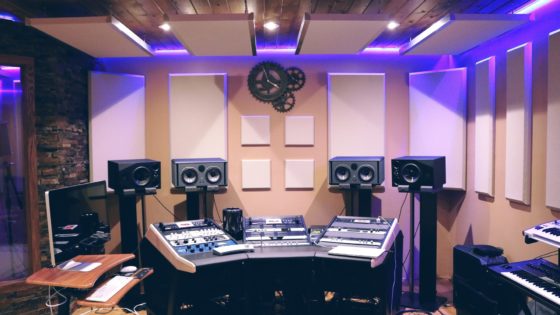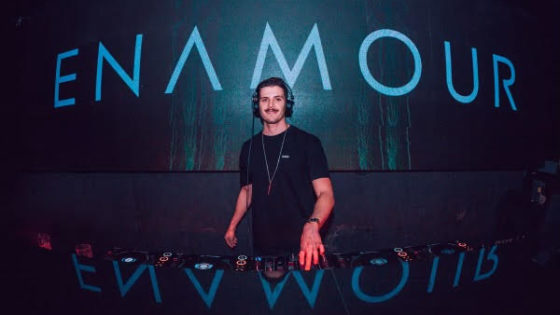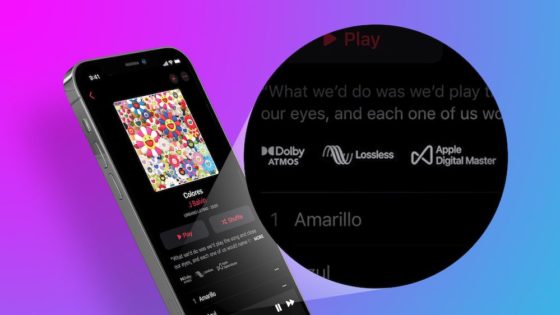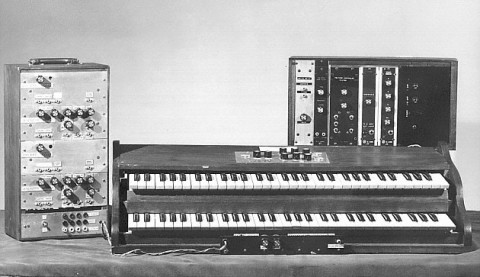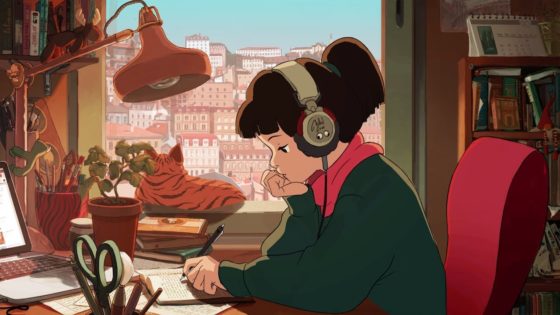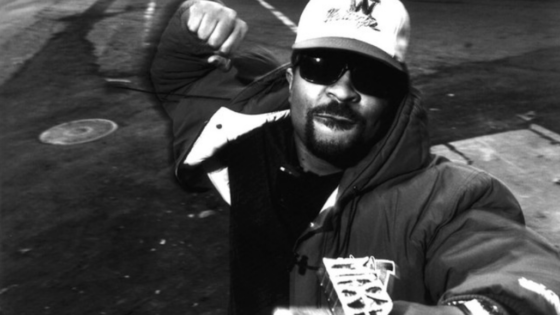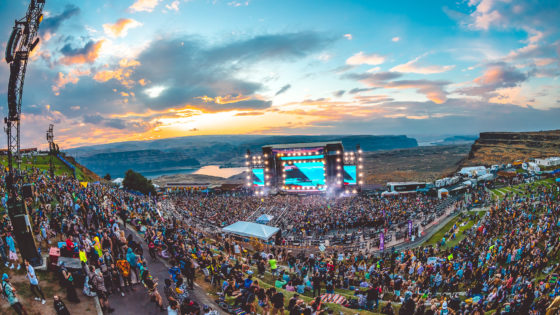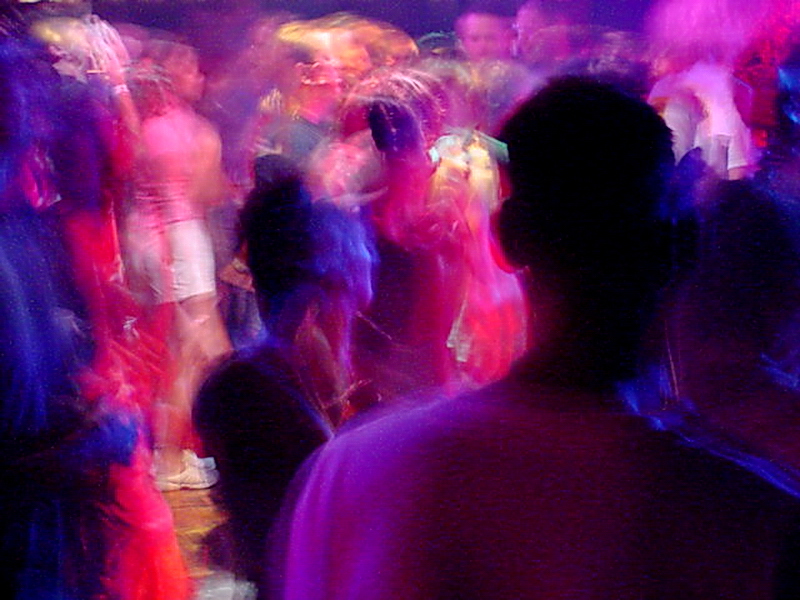The history of electronic music is vast and not always commonly discussed. Our segments provide us an opportunity to explore some of the various developments from its initial beginnings to now. For those that followed us from the beginning, welcome back! To those just reading for the first time, welcome and we hope you learn something new today! We’re diving in to some of the monumental technology and tracks that made a staple impact on our current scene.
October 1964: Robert Moog Presents The First Synthesizer
This segment originally begins in the mid 1950s with the Theremin. The theremin is one of the original electronic music instruments, consisting of two metal antenna connected to an amplifier, and is the only instrument that a person could perform without touching it. When the “thereminist” moves their hand closer to the antenna, it changes the amplitude (left hand) and pitch (right hand). Robert Moog began his career building theremin kits with his father during his youth. He began selling Theremin kits at $50 a piece by 1961.
In 1963, at the request of composer Herb Deutsche, Moog receives a $200 grant from Columbia University to begin constructing a new instrument. Deutsche wanted an instrument with experimental and complex sounds, along with tones not easily created by other instruments or “studio trickery.” Moog’s concept was not entirely new, but due to the unsustainable models of previous electronic instruments, combining traditional tactics with a simple aesthetic would build something revolutionary in electronic music production.
On October 16th 1964, during the Audio Engineering Society (AES) Convention in New York City, Robert Moog presents the first prototype for the Moog Modular Synthesizer and begins taking orders. The convention took place from October 12th – October 16th, consisting of various presentations of new audio technology. Moog presented his findings in a paper titled “Voltage-Controlled Electronic Music Models,” and later published in the Journal of the Audio Engineering Socity in July 1965. This was the first subtraction synthesizer that would utilize a keyboard as the controller.
Over the next few years, Moog synthesizers became something desirable for experimental musicians. Many wanted sounds that were unheard of beyond the scopes of pianos and organs. Each module had a specific function, so as new ones developed musicians were able to utilize additional sounds. The original versions of the synthesizer were expensive, making them rare on the market.
The Moog synthesizer received a commercial breakthrough in 1968 with Wendy Carlos’ album Switched on Bach. Consisting of ten classical Bach songs with new renditions using the Moog modular synthesizer, Switched on Bach received three Grammy’s and became the first Platinum-selling classical music album.
https://soundcloud.com/mikekraze/bach-switched-on-full-album
Despite its original success, R.A Moog Inc. struggled over the next decade as larger companies like Roland and Arp started creating similar, more cost effective models. Robert Moog sold the company in the 1970s to Norlin, and later resigned. Moog Music officially closed in 1993, but Robert Moog regained the rights to the company name in 2002 and created updated synthesizers. He passed away in 2003.
Today, the synthesizer is a staple part of electronic music production, and Robert Moog’s original invention would pave the way for that.
October 2008: Caravan Palace Releases First Studio Album
Electronic music branches across a variety of genres. Artists derive influences from a variety of styles such as rap and hip-hop, jazz, funk, rock and heavy metal, and classical. In the mid 2000s, a group takes electronic music and adds another element of novelty.
Caravan Palace is a French electro-swing group out of Paris. The group comprises of Charles Delaport (upright bass,), Arnaud Vial (electronics, trombone), Hugues Payen (violin), Zoé Colotis (vocals), Antoine Toustou (trombone, electronics), Chapi (clarinette) and Paul-Marie Barbier (vibraphone, washboard, piano). Deriving influences from Daft Punk, Django Reinhardt, and even Justice, this group takes electronic music into the 30s. Using skat-beats and brash horns, while drawing on various genres of electronic music, Caravan Palace starts to capture a unique style.
The group originally began on Myspace, and gained traction throughout the internet with various demos and singles. On October 20, 2008 they released their first studio album Caravan Palace. Featuring the classic electro-swing track Jolie Conquine, the album peaked in the Top 20 on the French charts. Their 2011 sophomore album Panic garnered more recognition for the group, charting in France, Belgium, Switzerland, Britain, and the US.
Caravan Palace released their third studio album, <|°_°|> (Robot Face), on October 16, 2015. Their single, Lone Digger reached #27 on the Billboard Charts in 2016. If you’ve ever seen The Hangar at Electric Forest, this group would certainly fit the vibe.
Learning about the history of electronic music helps us to learn about and value its evolution into our current scene. We’re looking forward to bringing you something new next time. What are some of your experiences with Moog instruments? Do you have a favorite Caravan Palace or electro-swing track? Share your thoughts and ideas for future topics in the comments!
Important things happen in Pacific Northwest nightlife, and DMNW will send you alerts!

